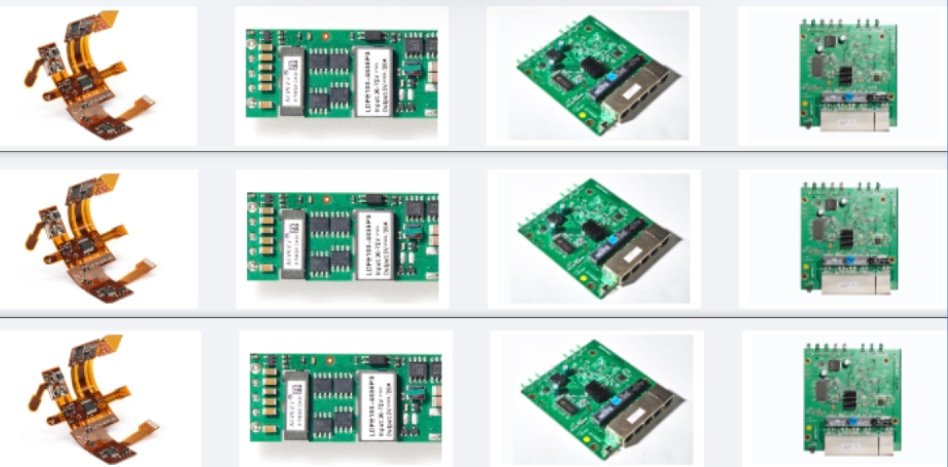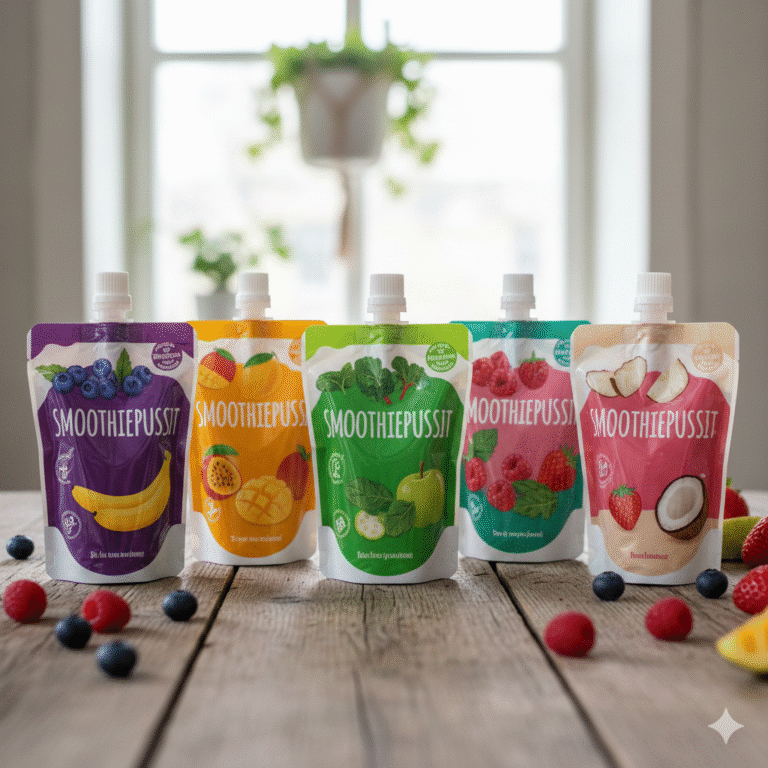The Difference Between PCBA and PCB: Key Components in Electronics Manufacturing
In the electronics manufacturing industry, the terms PCBA and PCB are frequently encountered. They both play crucial roles in the production of modern electronic devices, yet many people find their concepts confusing. This article provides a detailed explanation of PCB and PCBA and highlights the main differences between them.
What is a PCB?
PCB (Printed Circuit Board) is a board used to support and connect electronic components. It is typically made from a composite of fiberglass, epoxy resin, and copper foil. The primary purpose of a PCB is to connect various electronic components through a designed conductive path, facilitating the transmission of electrical signals.
PCBs are categorized based on the number of layers: single-layer, double-layer, and multi-layer boards. Each layer contains conductive copper foil, designed in specific patterns to create a circuit network that enables communication and signal transmission among electronic components.
What is a PCBA?
PCBA (Printed Circuit Board Assembly) refers to the assembly process of installing and soldering electronic components onto a PCB, transforming it into a fully functional electronic circuit module. PCBA encompasses all processes that occur after PCB manufacturing, including component placement, soldering, testing, and assembly.
PCBA is the core functional part of electronic products, where the circuit on the PCB is completed and made operational, ultimately forming a usable electronic system.
Key Differences Between PCB and PCBA
-
Definition and Composition
- PCB: Refers to an empty printed circuit board, which serves as a platform but lacks any mounted electronic components.
- PCBA: Involves the assembly and soldering of electronic components onto a PCB, resulting in a complete circuit module.
-
Manufacturing Process
- PCB: Involves only the fabrication of the board itself, which includes etching conductive pathways, drilling holes, and layering copper to create a design specific to the circuit’s needs.
- PCBA: Adds additional steps to the process, including the placement of electronic components on the board, soldering these components, and performing quality testing to ensure proper functionality.
-
Functionality
- PCB: By itself, a PCB is simply a substrate with conductive paths and does not perform any electronic function until components are added.
- PCBA: Becomes a functional electronic circuit capable of processing, controlling, and transmitting signals due to the installed components.
-
Application and Use
- PCB: PCBs are manufactured and prepared as a base for further assembly. They are foundational but incomplete as standalone parts.
- PCBA: Once assembled, PCBA is ready for integration into an electronic product, providing the necessary functions for devices like smartphones, computers, and other electronics.
-
-
Production Complexityand Cost
-
- PCB: Generally less complex and cheaper to produce since it involves only the board without any components.
- PCBA: More complex and costly, as it involves the assembly and testing of numerous components, including resistors, capacitors, ICs, and connectors.
Conclusion
In summary, PCB and PCBA represent two stages in the electronic manufacturing process. PCB is the blank board that serves as the foundation, while PCBA is the assembled board with all necessary components mounted and ready for operation. Understanding the difference between PCB and PCBA helps in recognizing the various steps involved in creating functional electronic products. PCB provides the structure, and PCBA brings it to life with components and connectivity, transforming it into a critical part of modern electronic devices.






